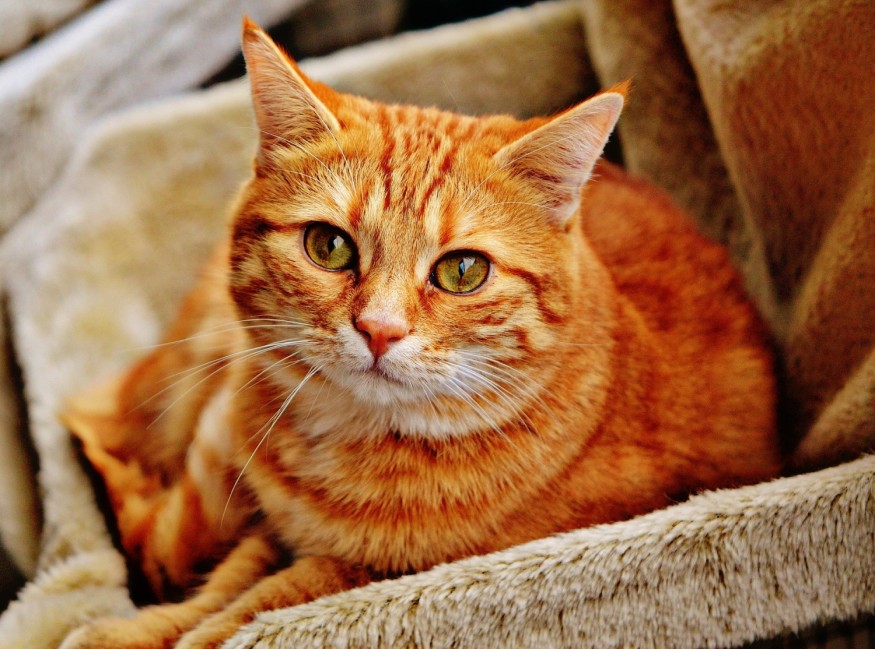A cat has many features that make them unsuited for domestication. But for some reason, humans have domesticated cats, and nowadays, there are already about 500 million cats living in households around the world.
According to history, the relationship between humans and cats began 10,000 years ago, but its origin remains unknown. The knowledge on the topic leaves numerous gaps, so scientists such as archaeologists, archaeozoologists, biologists, anthropologists, and other researchers worldwide cooperate to look for answers.

Domesticated cats in Central Europe
The deliberate breeding of cats, which involved selecting particular individuals to cross-breed, began just recently in the 19th century. During the Medieval period, cats were not as popular as today. Evidence suggests that weasels and snakes are more popular as they protect grain crops against rodents.
It was people from the second half of the 13th century who increased the popularity of cats. However, it does not mean that humans and cats had entered into no relations earlier, Phys.org reports.
The earliest cat's remains on Poland date back to 4,200-2,300 BC evidence of the Nubian cat's first migrations, which originally inhabited the Near East and North Africa. Cats are believed to have spread across Central Europe mainly because of the influence of the Roman Empire. They are considered to be the ancestors of domestic cats in the area.
The Nubian is one of the wildcat subspecies whose domestication began in the Fertile Crescent ca. 10.000-9,000 years ago. Scientists have uncovered stone figurines representing those cats in archaeological excavation sites at Anatolia, Syria, and Israel.
Apparently, cats have stayed close to farmers during the Neolithic Age. During that time, people gave up nomadism and lived a sedentary life and started gathering food, which consequently attracted many rodents.
As a result, the easily available food attracted wildcats and had a mutual relationship in which, with much likelihood, cats have become rather neutral to humans.
Scientists from the Institute of Archaeology at the Nicolaus Copernicus University in Torun analyzed the cat skeletons and the mammal iconography, which allowed researchers to assume that cats reached Central Europe migrating from the Near East, through Anatolia, Cyprus, Crete, Greece, to Ancient Rome.
Read Also : [Video] 700 Stolen Cats Crammed in Rusty Cages Rescued in Northern China Before Being Served As Food
Cat Diet and the History of Their Domestication
Scientists are still uncertain of the role that cats played in Late Neolithic Poland. The remains found were from caves rather than from human settlements, which means that they are not necessarily buried by humans.
But researchers do not reject the possibility that the animals could have been kept by humans to protect the crops from rodents, therefore gaining benefit from their skills, and occasionally followed humans inside the caves where contemporary people used as shelters.
Research first author Dr. Magdalena Krajcarz provides an insight into the cat's diet to determine how close human-cat relations were. She used the Neolithic cat remains found in Poland caves and three Pre-Neolithic, and two other remains from the Roman period were examined.
Their results showed that the Near East cats were not fully dependent on men as they made use of available food sources, and those they could find in their habitat. They can do it either from benefiting from human activity or hunting on their own, which maintains their independence.









